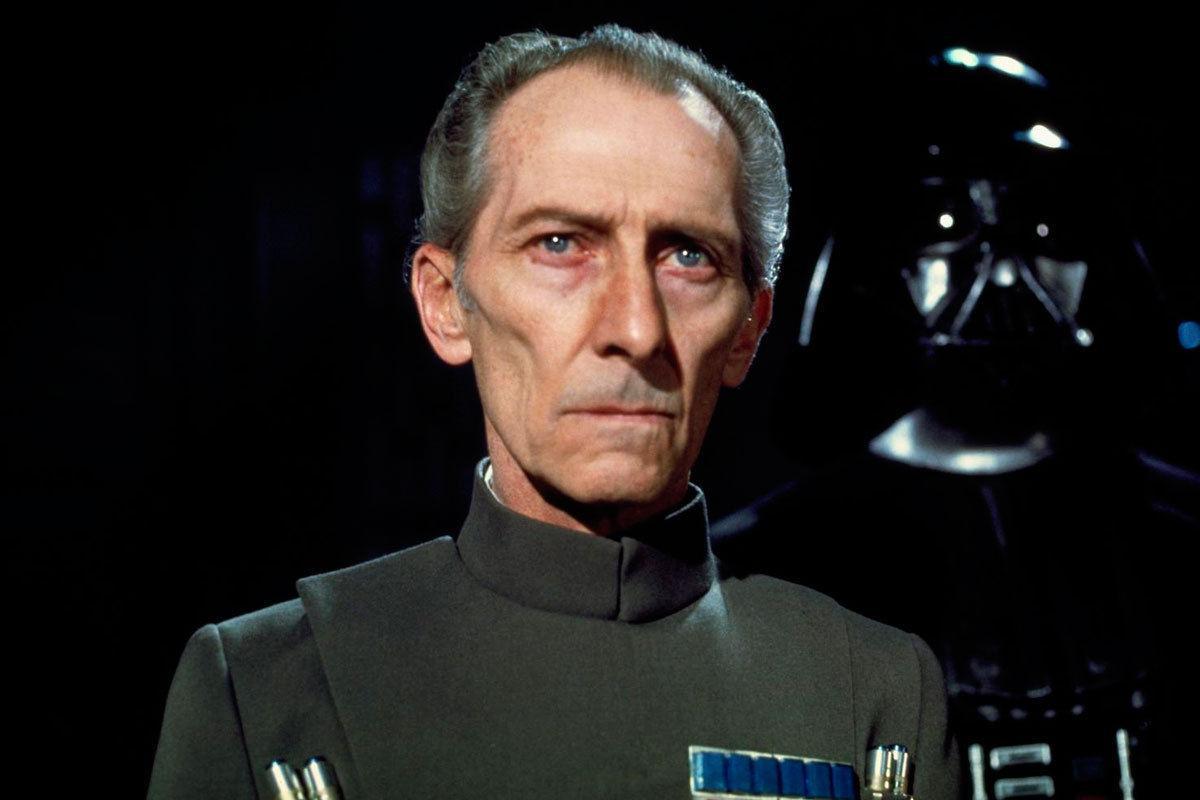Rogue One: Peter Cushing resurrected as Grand Moff Tarkin via CGI was impressive, but was it ethical?
Thinking about your life after your death

Ahead of its third season, The Sopranos had a whole storyline planned out in which Tony Soprano’s mother would testify against him in court, a nasty final twist in what had been a toxic relationship. When Livia Soprano actress Nancy Marchand died before filming however, they had to quickly write her character out, cobbling together existing footage and dialogue Marchand had shot for a brief scene in which she argues with her son Tony before dying off-screen.
It was a little odd, and the CGI used to repurpose the footage may not age well, but was permissible given the circumstances and kind of perfect in how their relationship ended as it endured, with a petty squabble.
Star Wars’ new standalone film Rogue One, however, takes a bold new technological step in dealing with the problem of dead actors but very much alive characters, and it verges on the dystopian.
*Spoilers ahead, although the CGI stunt was revealed some time ago*
Grand Moff Tarkin, the eventual Death Star Commander in the Star Wars timeline, was such a key figure during Rogue One’s setting that he couldn’t just be ignored or mentioned in passing. Director Gareth Edwards could have recast the character - actor Peter Cushing having died in 1994 - but instead had his likeness replicated through VFX.
Tarkin is initially glimpsed in a glass reflection in Rogue One and I thought they would leave it at that - subtle and effective - but, instead, he spins around in a huge ‘reveal’ moment and we see what is almost certainly the best computer-generated replica of a human in film to date. The character doesn’t have that waxy CGI skin you often get, and the “blood, sweat and tears” that animation studio Industrial Light and Magic (ILM) put into it pays off, the “Cushing” cameo not knocking you out of the narrative anywhere near as hard as CGI characters so often do.
It is all very impressive and a thrill for Star Wars fans (the not so well well-executed other CGI character at the film's close less so), but the moment is underpinned by some quite terrifying existential questions.
Though Peter Cushing doesn’t get an IMDb credit for the appearance of his likeness, his estate presumably agreed to it, and you can imagine him probably being okay with the stunt for something as light-hearted and beloved as Star Wars. But how far will this trend go?
Holby City actor Guy Henry did the motion capture for Cushing playing Tarkin, and the idea of a soap actor one day impersonating you with near perfect verisimilitude is an unsettling one. No matter how good a job the new actor does, there’s something exploitative about having your exact likeness used. Going back to The Sopranos, will we one day have to endure an ABC sitcom actor doing his best James Gandolfini?
“'Like, what do we do? Do we cast someone who looks like them? Do we not have them? Do we just hear about them?'” Edwards told the Radio Times with regards to the Tarkin problem, and I think the answer is probably that you do re-cast the role. You have to trust that audiences have the mental capacity to accept a different actor in the same role and remember that one of the main joys of cinema is actually watching people act and put themselves into a character, not just cloning them.
The idea that we might have to start thinking about how we’re represented after death and taking steps to ensure we don’t have our identities passed off in ways we wouldn’t want is a big deal and is much bigger than cinema. It’s very possible, for instance, that loved ones will one day have pretty perfect replicas of ourselves made as a means of comfort, and I don’t know how I feel about that (it’s probably one for Black Mirror to explore).
For the very famous, these decisions are already here, with Robin Williams having had to place the rights to his name and likeness with a trust prior to his death, protecting the use of his image until 2039 (when we'll probably have to witness him used like a puppet in another Jumanji remake).
[SPOILERS] 13 scenes from Rogue One's trailers cut from the film
Show all 13Read more: Jyn Erso could still appear in a future Star wars film
Subscribe to Independent Premium to bookmark this article
Want to bookmark your favourite articles and stories to read or reference later? Start your Independent Premium subscription today.

Join our commenting forum
Join thought-provoking conversations, follow other Independent readers and see their replies